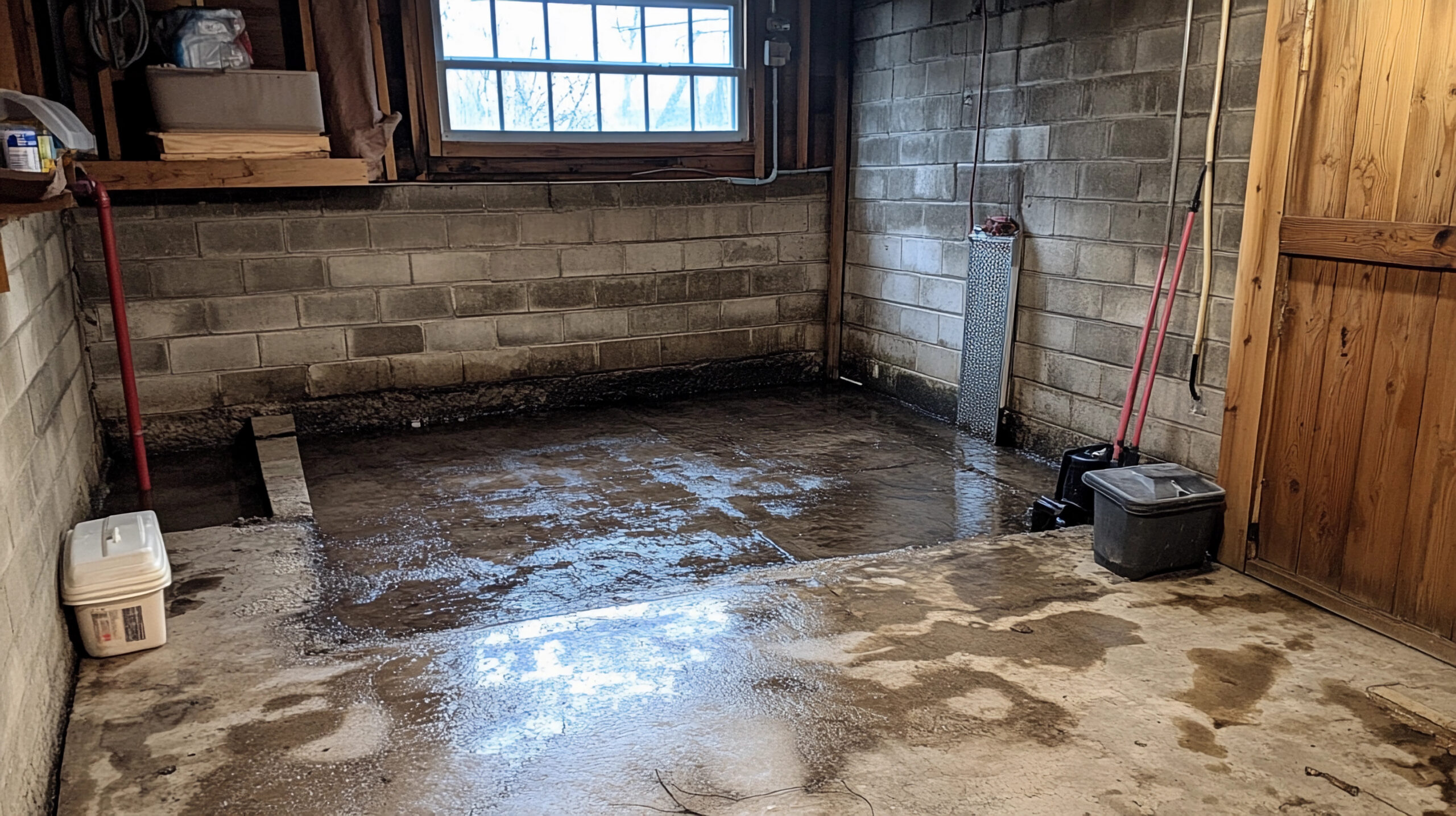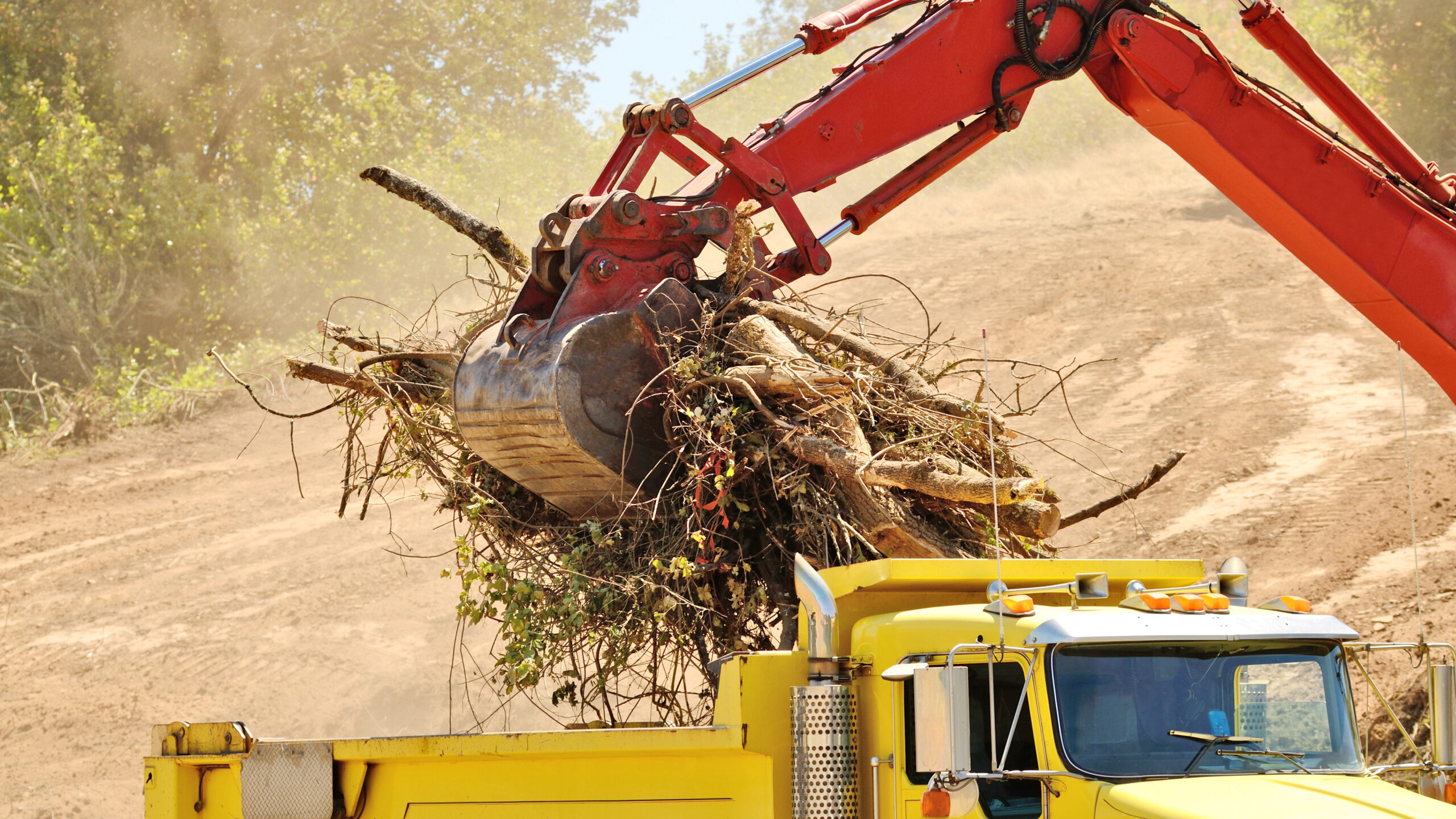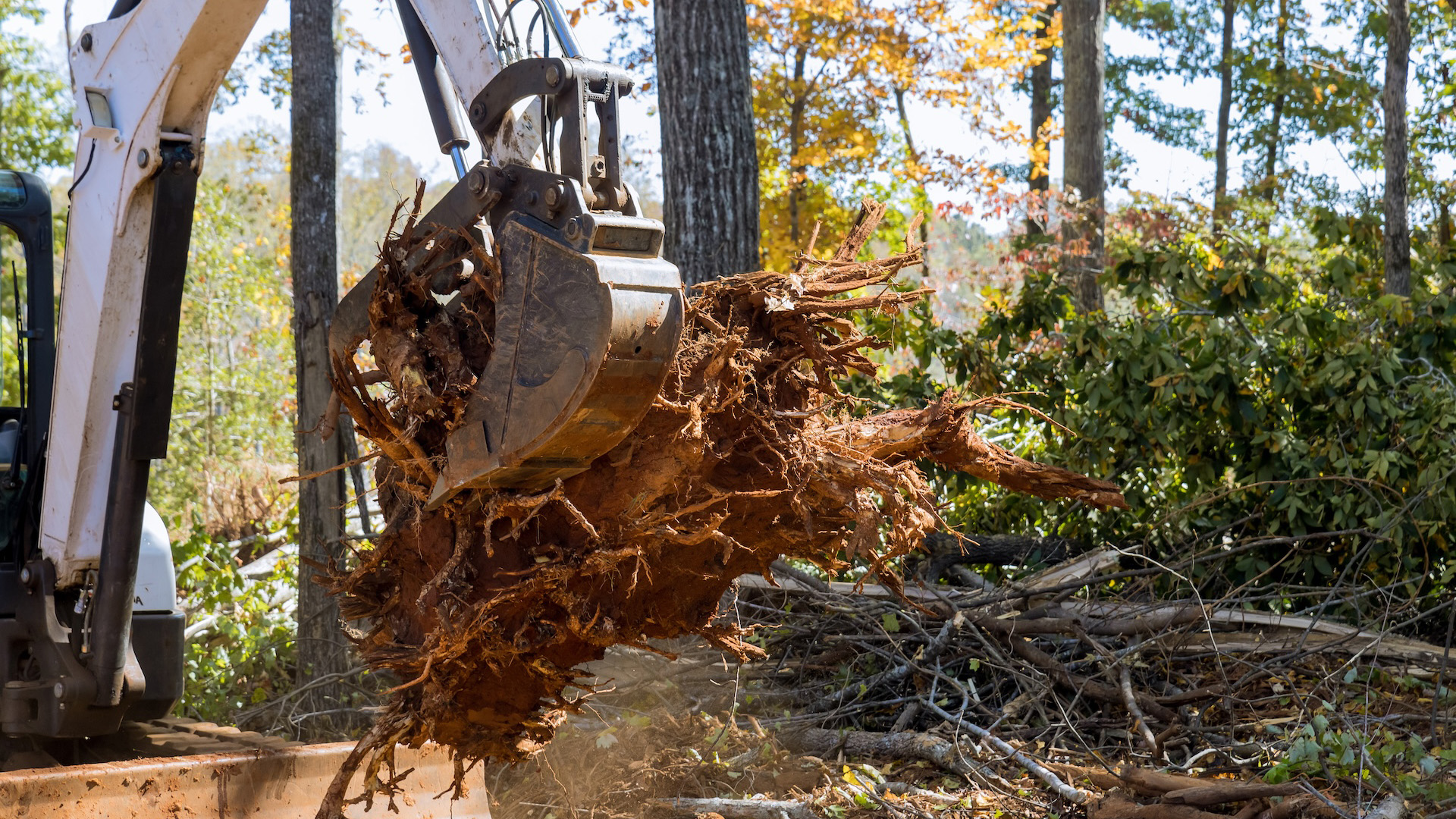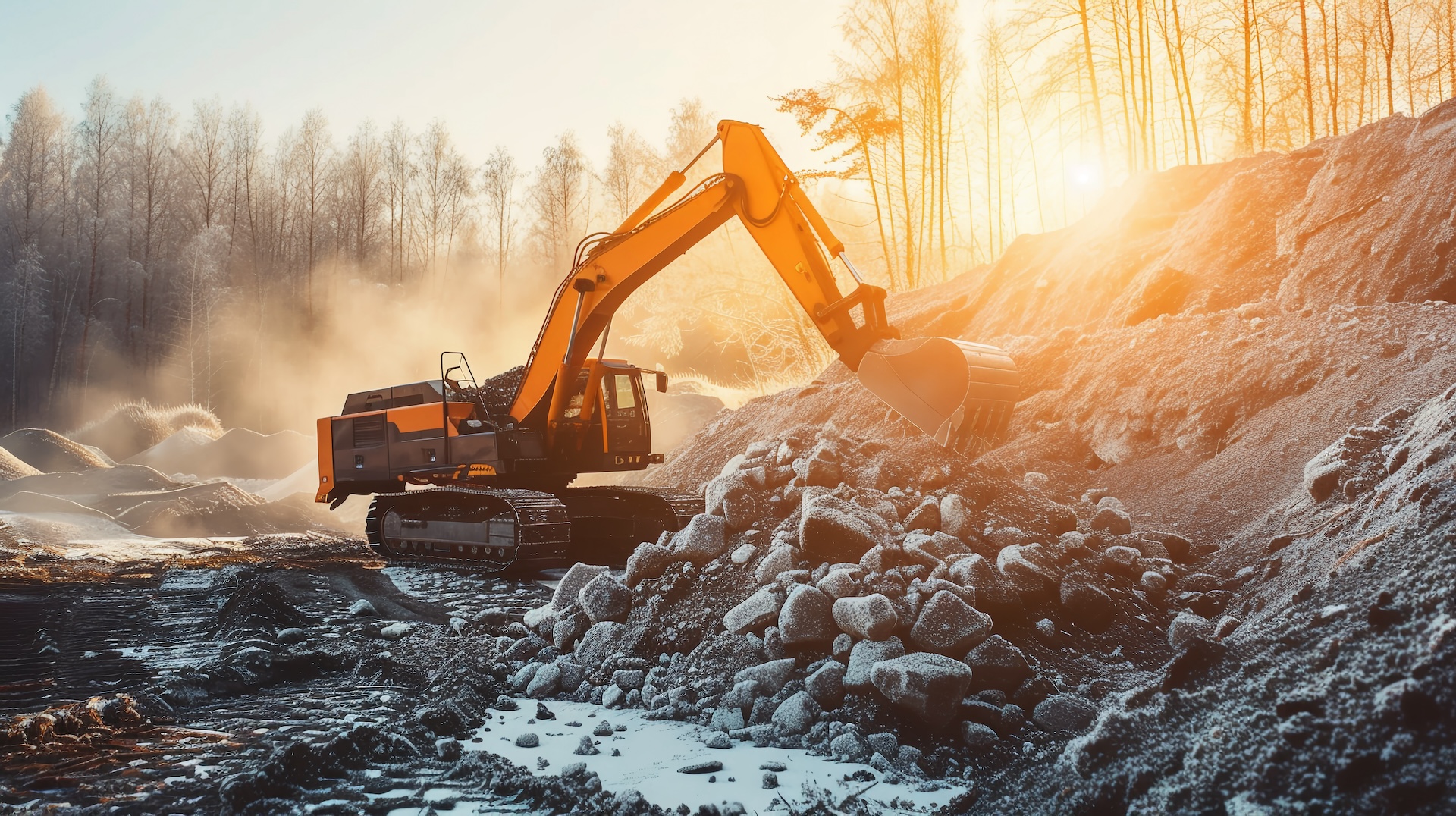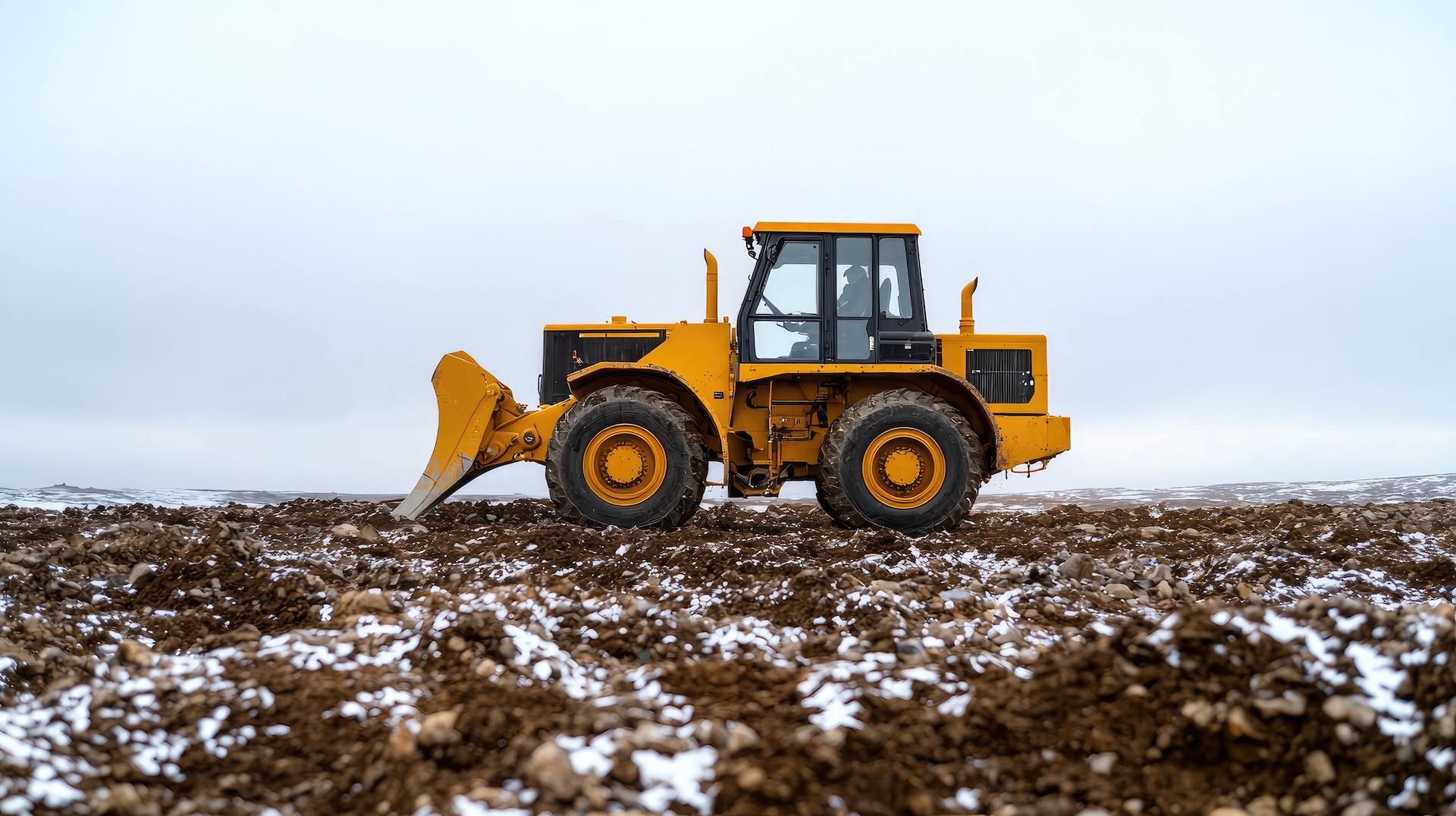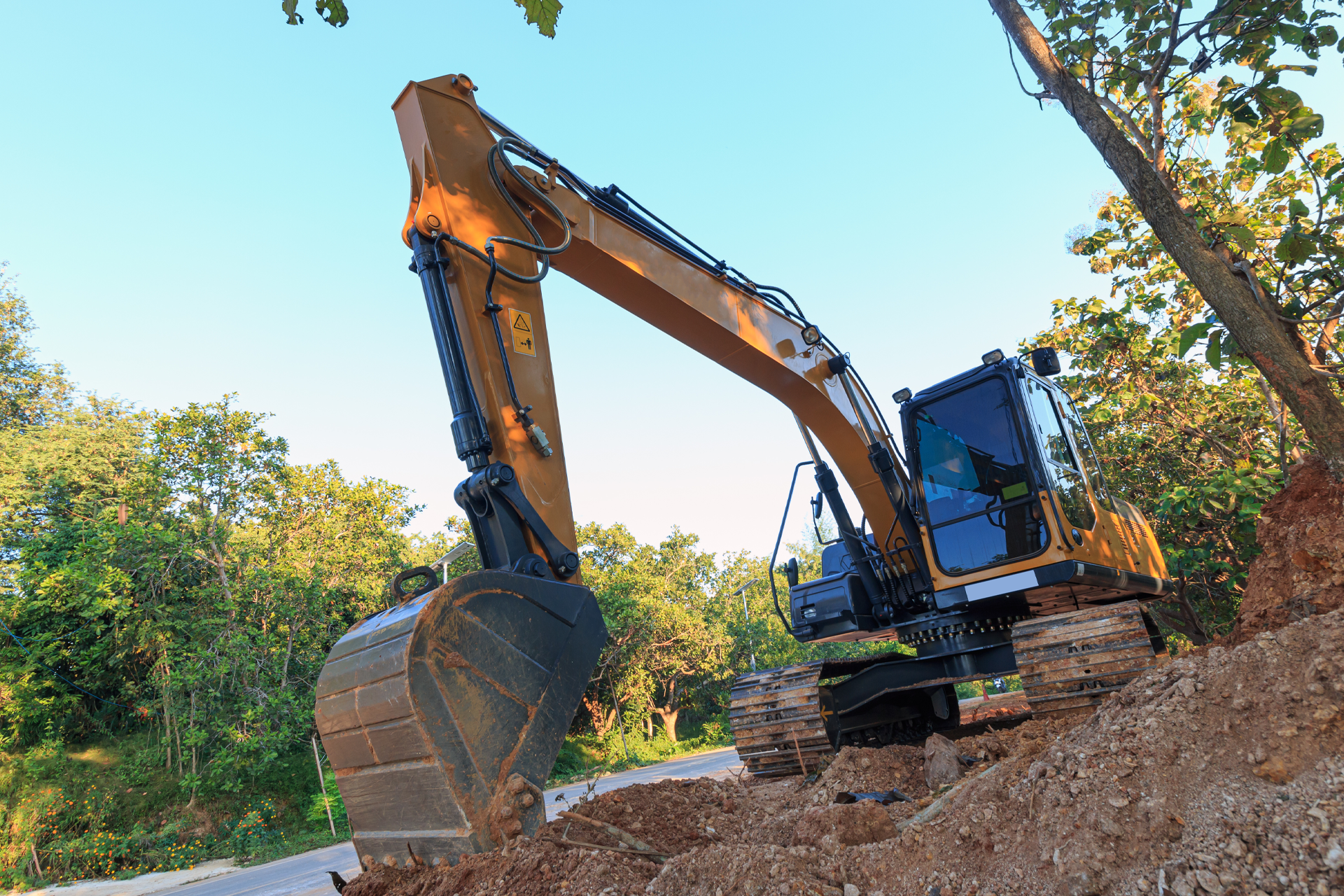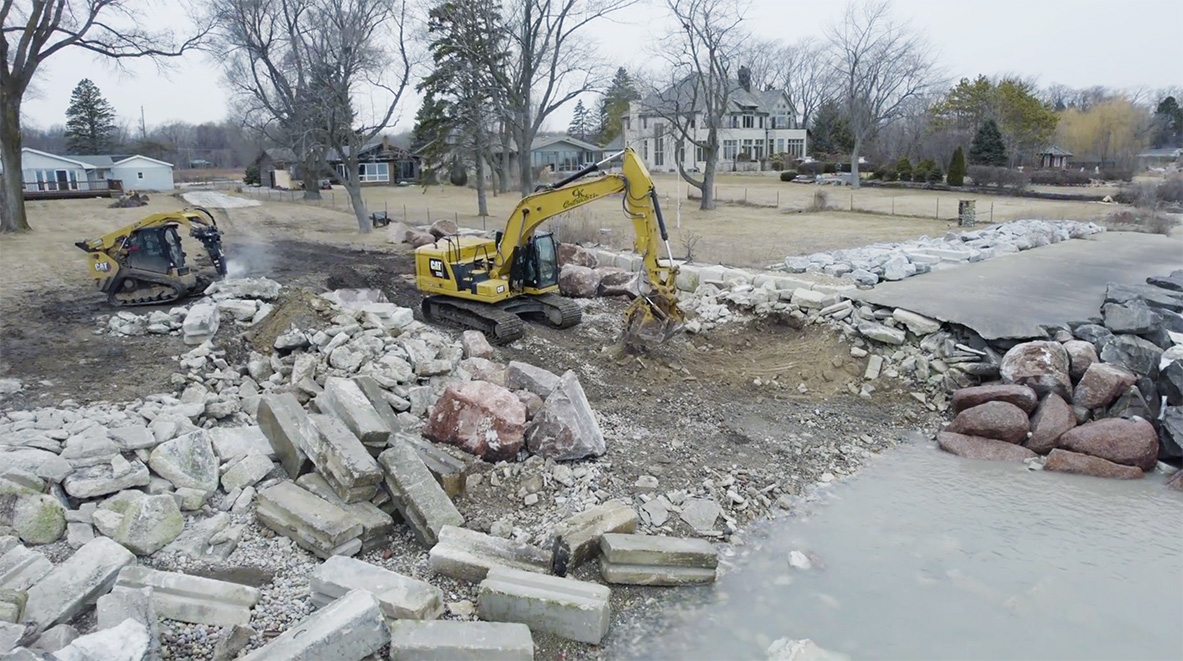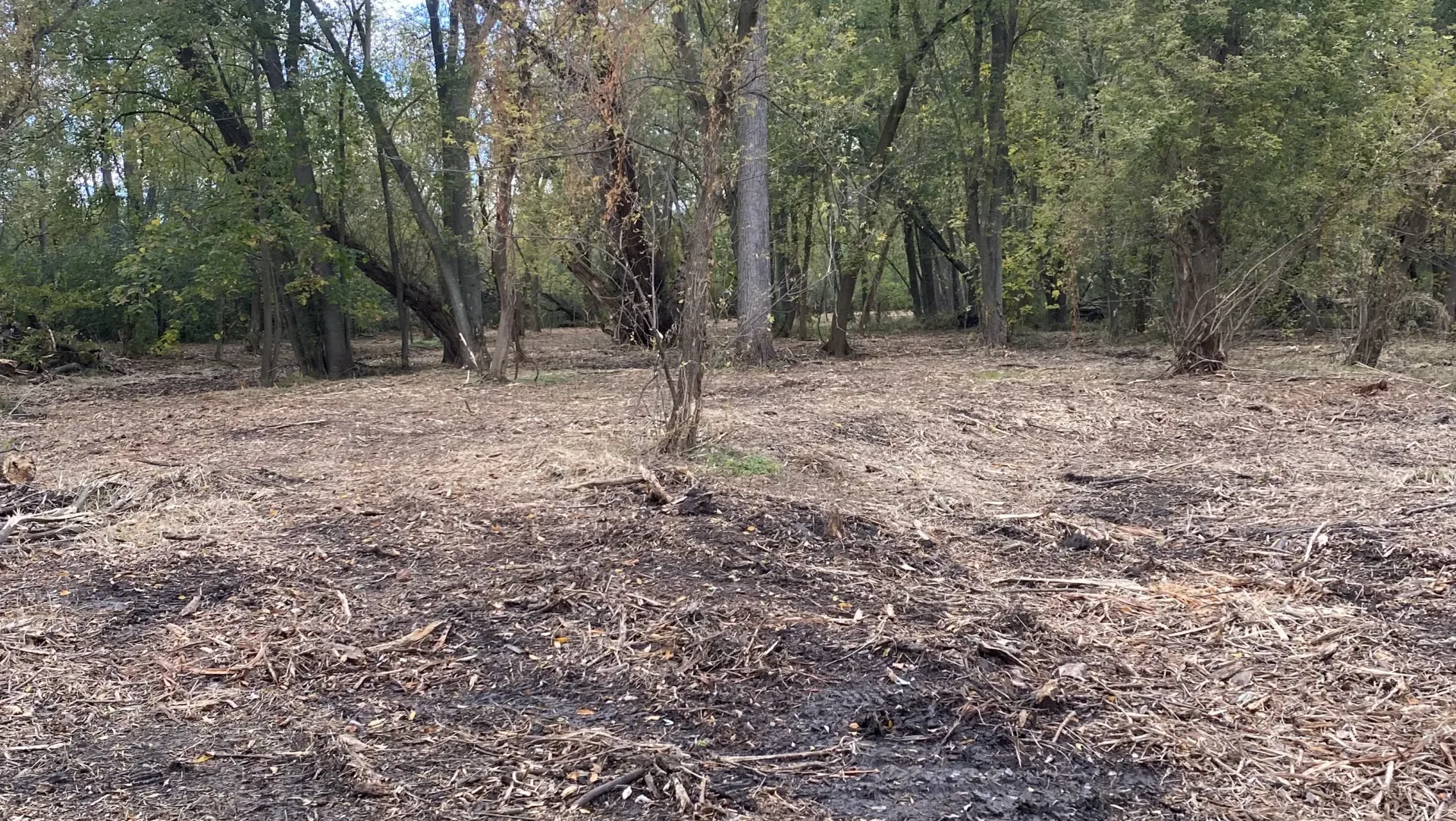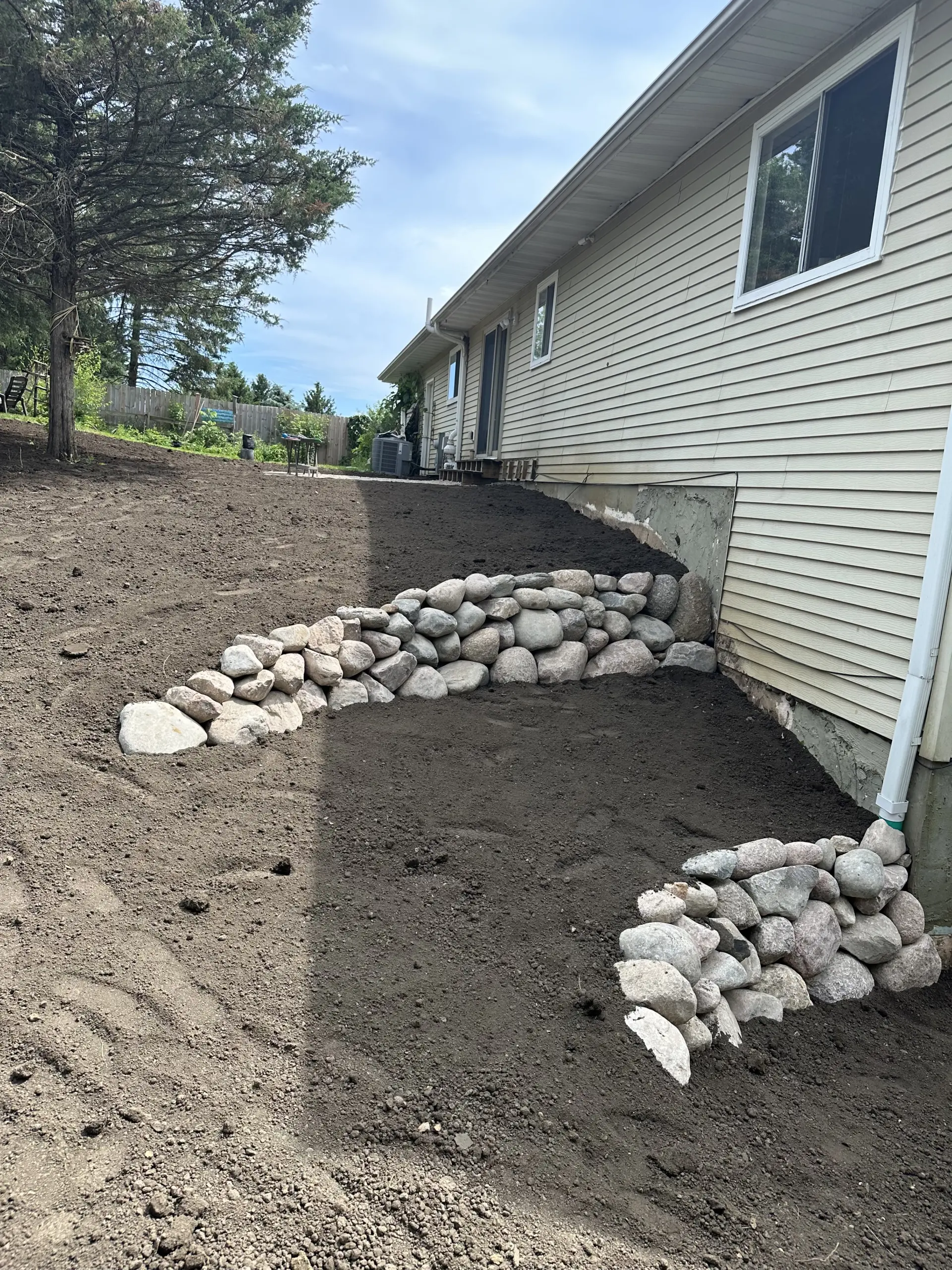Safeguard Your Shoreline Before Winter Damage Sets In
As temperatures fall and water levels fluctuate, Wisconsin’s shorelines — from inland lakes like Mendota, Monona, Geneva, and Delavan to the sweeping shores of Lake Michigan— face some of their toughest seasonal conditions. Fall is the best time for shoreline repair, erosion control, and waterfront protection before winter ice and spring melt turn small problems into major damage. At CK Contractors, we specialize in lakeshore restoration and lake bank stabilization solutions that combine strength, durability, and natural beauty.
From bioengineered buffers to properly sized riprap, this guide will show you how to spot warning signs early and protect your shoreline before the freeze.
Why Fall Is the Best Time for Shoreline Restoration
When temperatures drop, ice shove, rising and falling water levels, and strong winds can turn a minor slump into significant erosion. Fall offers the ideal conditions with clear visibility, workable ground, and stable water levels so we can design and implement shoreline stabilization measures that hold up through winter and spring.
Because ice cover and wave energy change every season on both the Great Lakes and inland lakes, we design for real conditions, not long-term averages.
CK Contractors on timing:
“Fall is the last, best chance to stabilize a bank before freeze. A week or two can be the difference between a tidy repair and a costly rebuild after ice-out.”
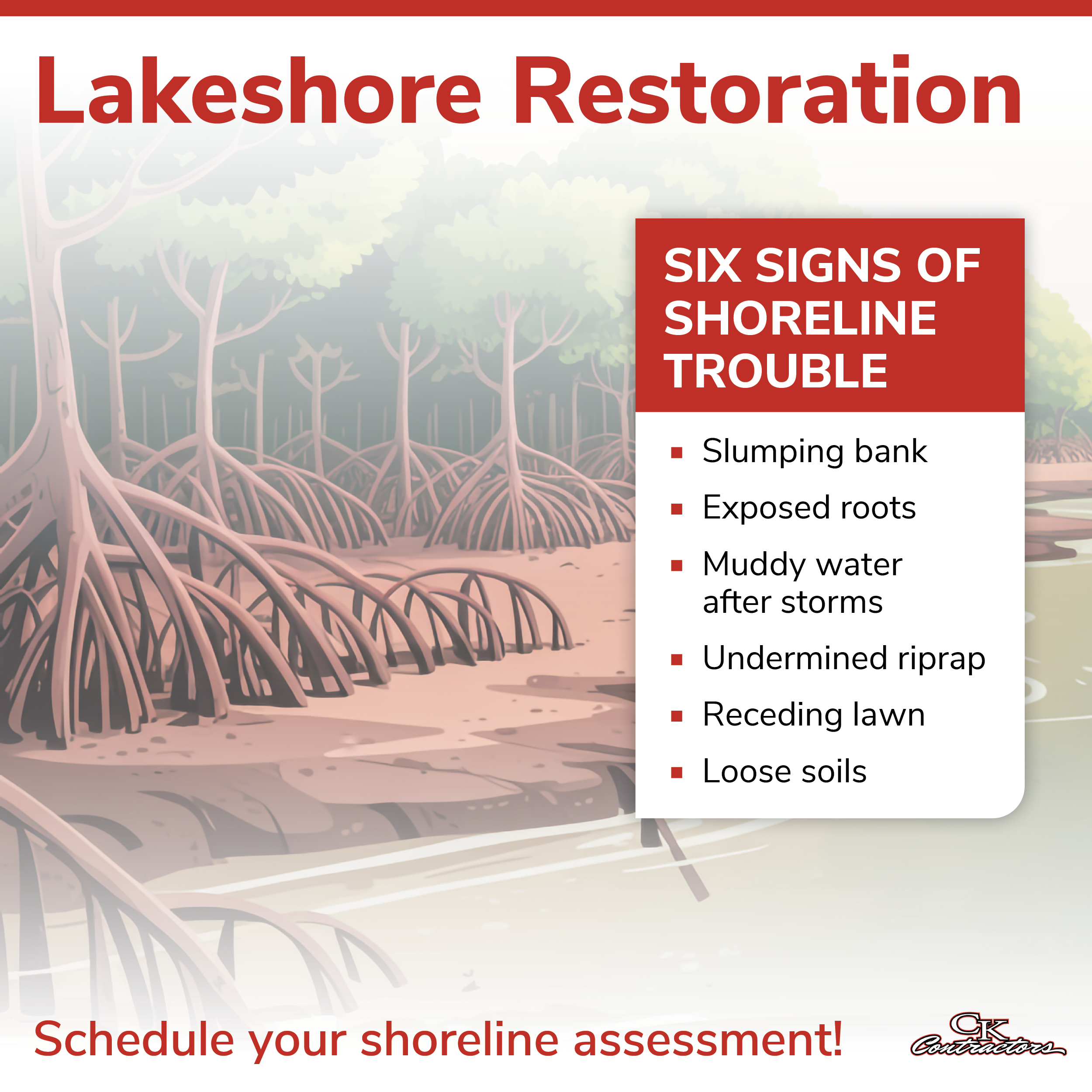
Self-Check: 6 Signs Your Shoreline Needs Erosion Control
Before winter hits, walk your shoreline and look for these common indicators of shoreline failure:
- Slumping bank: Bank edges sag or collapse in sections.
- Exposed roots: Trees and shrubs are left “perched” above receding soil.
- Muddy water after storms: Sediment plumes indicate active erosion.
- Undermined riprap: Stones have shifted, leaving voids or exposed fabric.
- Receding lawn line: Turf pulls back toward your home.
- Loose or shifting soils: Footprints sink or small slides appear after waves.
Pro Tip from CK Contractors:
“Four wide photos from the corners plus close-ups with a tape measure in frame help us size materials and confirm access without multiple site visits.”
Shoreline Repair Solutions That Work in Southern Wisconsin
Every site is unique, but most long-lasting shoreline protection projects combine nature-based erosion control solutions with targeted hard-armor reinforcements.
Nature-Based Solutions for Sustainable Waterfront Protection
- Native buffer plantings: Deep-rooted native plants stabilize soil, absorb runoff, and filter nutrients.
- Coir logs & fiber rolls: Biodegradable materials stabilize low to moderate energy shorelines while plants establish.
- Brush layering & vegetated geogrids: Structured layers of woody cuttings and soil rebuild a stable, living bank.
Hard Armor Options for Higher Energy Shorelines
- Integrated toe protection: A graded base, filter fabric, and correctly sized armor stone protect against scour and ice damage.
- Vegetated riprap: Stones combined with planting pockets create both structural stability and natural habitat.
CK Contractors on design:
“We design to your site’s wave height, fetch, and depth, not a one-size-fits-all chart. That’s how riprap stays put and plantings thrive.”
Access & Staging: Shoreline Restoration Without Yard Damage
Shoreline work involves heavy materials and equipment, but we carefully plan access routes and staging areas to minimize disruption:
- Lawn and soil protection: Construction mats and tracked equipment reduce rutting.
- Narrow access solutions: Modular delivery and smaller equipment for tight spaces.
- Barge delivery: In some cases, we deliver materials by water to avoid crossing your yard.
- Driveway preservation: We stage on hard surfaces whenever possible and include restoration in our scope.
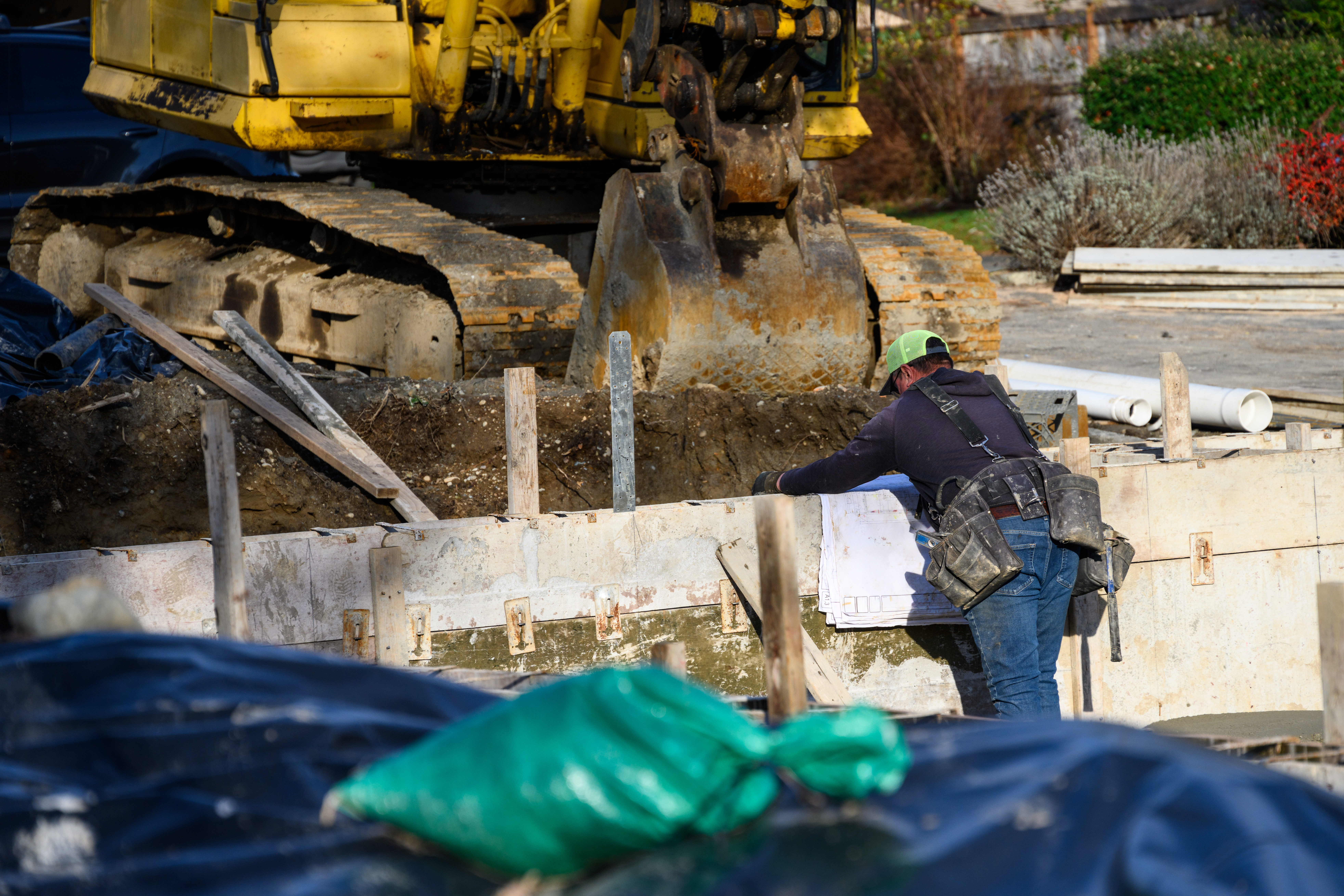
Permits & Timing: Stay Ahead of Deadlines
In Wisconsin, shoreline erosion control projects require permits to protect water quality, habitat, and navigation. The DNR uses a tiered approach such as exemptions, general permits, or individual permits based on project type and site conditions.
Starting early is key to avoiding delays and allows us to leverage frozen-ground access for winter work.
- Recognized project types: Biological shoreline stabilization, riprap with vegetation, standard riprap, and others.
- Energy-based design: We calculate site-specific wave energy for every project.
- Vegetated buffer standards: Most counties require a buffer at least 35 feet inland from the waterline.
- Great Lakes projects: Typically need additional review and longer lead times.
CK Contractors on permitting:
“Submitting in October helps us avoid spring delays and ensures your project is first in line when conditions are right.”
Maintenance Calendar: Keep Your Shoreline Healthy Year-Round
Fall (Now):
- Capture photos and signs of erosion.
- Mark shifted stones and undercut areas.
- Begin permit preparation.
Early Spring:
- Inspect for displaced stones.
- Replace plants lost over winter.
- Extend downspouts and manage runoff.
Mid-Summer:
- Maintain your native buffer and avoid mowing to the waterline.
- Prune selectively to preserve views and habitat.
Why Nature-Based Shoreline Stabilization Is Gaining Momentum
Hard seawalls and continuous bulkheads can worsen erosion downstream and harm aquatic habitats. Across the Great Lakes, agencies are prioritizing natural shoreline restoration and erosion control solutions wherever possible. We will always be transparent about whether your site truly needs hard armor or if nature-based methods will get the job done.
Act Now: Protect Your Waterfront Before Winter
Taking action this fall can prevent thousands of dollars in future shoreline repair costs. Here’s how to get started:
- Do a self-check: Take photos and note visible damage.
- Share project details: Shoreline length, bank height, access width, and your goals.
- Let us handle the rest: We will assess site energy, manage permits, and deliver a detailed plan.
CK Contractors on next steps:
“If you’re seeing slumps or muddy plumes, don’t wait for ice to make the call for you. A short fall walkthrough can save you a spring full of headaches.”
✅ Get Your Free Shoreline Estimate Today
Do not wait for ice and spring storms to cause costly damage. Book your free shoreline assessment today and let our team design a custom shoreline restoration, erosion control, or waterfront protection solution tailored to your property.

